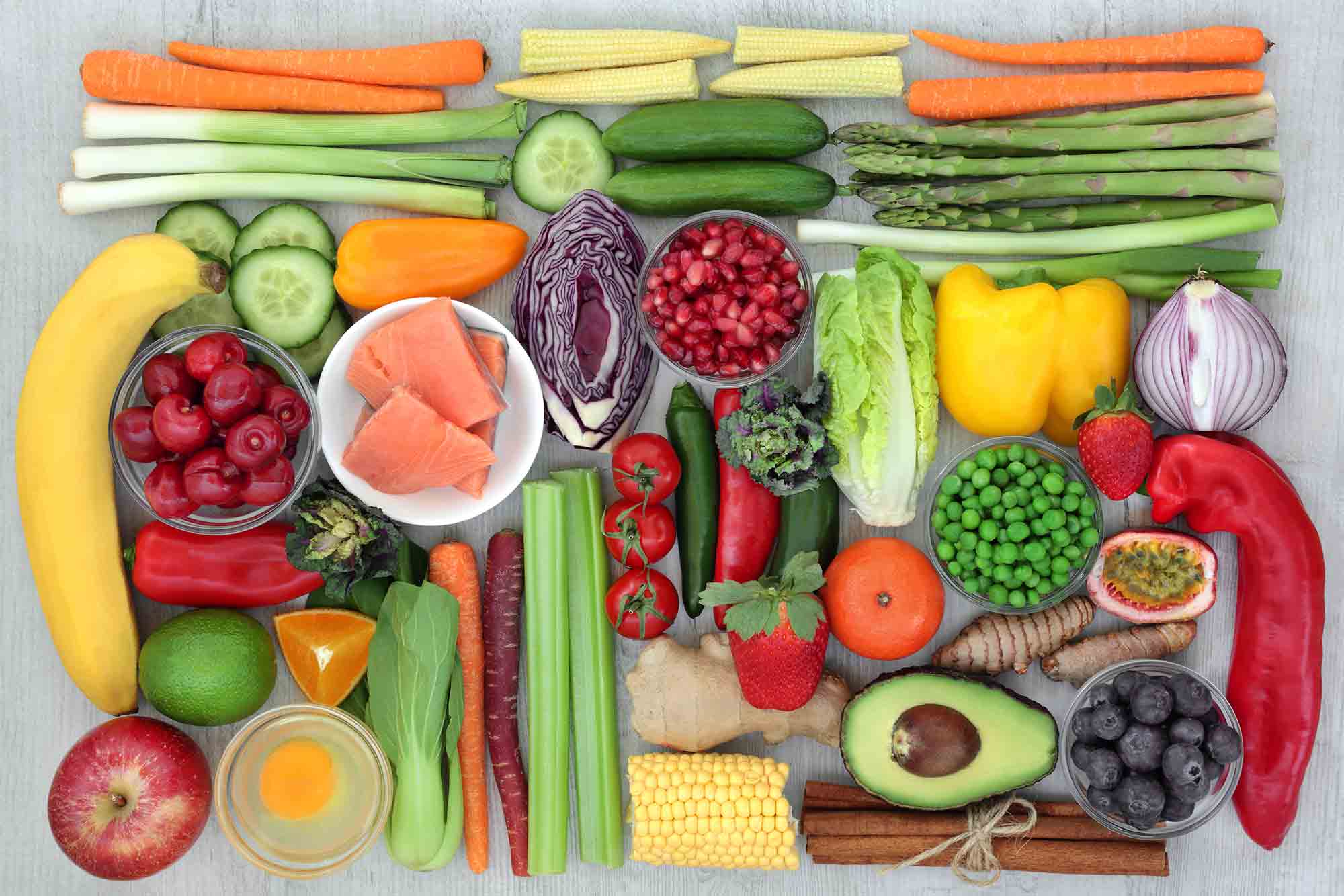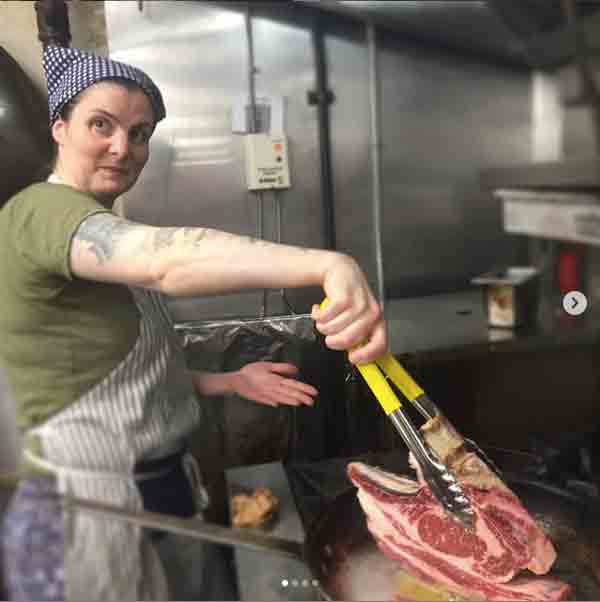Sustainability, supply-chain issues, inclusion, community, wellness and staffing are all on the plate for attendees.
The right food-and-beverage program for your event requires more than just ordering off a standard catering menu. And to “meet safe” when eating at a meeting means much more than asking about social-distancing options, staff masking and a property’s health-inspection score.
Don’t get me wrong, those details are extremely important. Be sure to refer to these two checklists, “A Food-Safety Management Plan Is Essential for Your Event” and “A New World for Food-and-Beverage Events” to help you ask the right questions during your planning.
But to address safety properly from a holistic standpoint, we need to be aware of the economic, social, environmental and political factors that are affected by what, why and how we choose to serve our attendees at catered events.
We also know it takes effort by many people — in many areas — to ensure safety. So how can we make tasteful choices that support and create a positive impact for our attendees, our communities and our planet?
Sustainable Dining
Planners need to champion sustainable food and agricultural practices that create safer options for all people, the planet and the bottom line.
For instance, work with chefs and venues to source seasonal and local items for as much of the menu as possible. Every little bit helps.
Understanding your F&B history is key to reducing food waste and preventing over-ordering. In addition, it can help provide accurate head counts and safe options for those with dietary needs.
You can also help reduce the consumption of beef, fish and chicken by designing menus that are plant-forward. Get the chef’s buy-in right away to ensure that the whole plant is being used — for example, using cauliflower florets to make barbecue or buffalo “wings,” and serve the shredded stalks as part of a side salad.
Supply-Chain Troubles
As we witnessed at the start of the pandemic, getting food to grocery shelves and some of our own dinner tables often was difficult, as supply chains across the globe had been drastically disrupted.
This is continuing, as labor shortages hurt farms, manufacturers and distribution companies; packaging supplies are scarce for food and beverage; and crop-growing challenges (weather- and global-warming related) continue to impact supplies and increase prices.
The war in Ukraine is making things worse: Food manufacturers who rely on overseas materials and production are having challenges, some of which trace back to the invasion. In fact, Russia and Ukraine together account for roughly 29 percent of the global wheat-export market, according to CNBC. Sanctions across the globe could drive energy and food prices even higher.
This is another area where sourcing locally helps keep the costs and disruptions down. As soon as you can, start working with your catering partners to see what’s available close by, and be flexible with what you want on the menu.
Food Inclusion
Everybody eats, but we might eat differently, and we need planners to think about all the elements that go into making the perfect event meal. I love Brussels sprouts; you don’t. She doesn’t drink alcohol, but she attends events where the nonalcoholic options are limited. He follows a strict halal diet; she has celiac disease. And there are other considerations for people who need help accessing buffets, because they can’t reach or can’t see.
When we create environments that afford dignity to the people we feed, no matter their dietary requirements or preferences, we also encourage diverse eating and we foster belonging at the table.
Walk/ride/see the space from your various attendees’ perspectives. Then design “free-from” menus, by eliminating specific ingredients based on attendee needs, and educating banquet staff on what you have chosen to serve and why you have made these decisions.
Banquet Staffing
Chefs, cooks, convention service managers, expediters, dishwashers, servers and banquet captains are the behind-the-scenes ambassadors, providers and executors of the culinary experiences we create. Their knowledge, expertise and passion for what they do can make (or break) a dining experience.
The industry’s staffing crisis has created a need for employees who can provide pre-pandemic-level service, but also shines a light on the institutional knowledge and expertise we lost when industry professionals chose to retire as the pandemic continued.
One way you can help your chosen venue retain its employees is to make sure before your event that the service charge on your food-and-beverage bill actually will go to the staff. Then design experiences for your attendees that maximize the staffing levels without making extra work for them. Champion the vital roles they perform for you by encouraging and facilitating training and career growth. For example, during your event, the banquet staff has short meetings to go over the day’s meals. Ask to attend those meetings to thank them for being there to execute your plans, and if you have very specific needs, ask to have the staff come in early to be trained to fulfill those needs (this might incur additional costs).
Community and Culture Through Food
Food-and-beverage events are great for uniting and spotlighting communities. They are used to express welcome, preserve history, demonstrate customs and traditions, celebrate heritage, express religious values, and unify differences. These gatherings are also ways to connect to the local community through CSR projects.
A fun way to get a new perspective on your chosen destination is to hire local food experts to make dishes, tell their stories and talk about what makes their town special.
At the end of the day, donate leftover meals from your meetings to the community to help those suffering from food insecurity. Arrange this in advance, and follow the rules for such donations in your chosen destination.
Wellness at Meal Time
Not least, meeting menus need to start providing for the health and wellness of the attendees, to keep them focused on the business at hand and to empower their participation, allowing them to go home with fresh ideas and minds.
According to the International Food Information Council’s “2021 Food Health Survey,” 20 percent of Americans actively seek out or follow a diet for health benefits, and 60 percent just try to eat healthfully in general. The group’s “Covid-19: November & December 2021” survey also showed that 57 percent of the respondents were interested in food and drinks that support immune health.
Aside from adding more plant-based items to the menu, as I’ve already mentioned, you can also add more time for breaks and meal functions, so attendees can properly digest their food and connect with their peers. And ditch crudité for more appealing options, such as beetroot carpaccio and saffron vegetable risotto.
There are so many opportunities to serve quality, tasty fare to satisfy everyone, and the thoughtful changes you make will ensure that guests such as those with allergies and sensitivities have good options on the buffet, or participants with religious needs are served the proper fare.
By thinking about how you use food and beverage in your every day life, and imagining the challenges some of your attendees face, you’ll make their experiences better and better.
A Thoughtful Meal Plan
I’ve been thinking about how we might best apply the idea of meeting safely to the food and beverage we serve at meetings and conventions. There are an enormous number of possibilities. Among them:
- Accommodating food allergies and dietary restrictions;
- Labeling buffets with allergens and other dietary needs;
- Assuring food-prep safety and avoiding cross contamination;
- Providing attendees with complete, nourishing and balanced meals;
- Buying directly from local farmers and food purveyors;
- Offering in-room refrigerators for those who need to bring their own food;
- Understanding the staffing crisis in the industry and planning accordingly;
- Designing dining spaces so everyone has access to them, including those who use wheelchairs, have dwarfism or are blind;
- Viewing food and beverage as an element in creating an equitable event;
- Becoming more sustainable in our practices, including eliminating plastic, reducing food waste and designing menus based on water usage;
- Ensuring that staff have the proper training for serving food and drink;
- Being conscious of the persistent disruptions in global supply chains that could impact ingredient availability;
- Championing worker welfare; and
- Addressing food insecurity in the communities where we meet by donating excess food and beverage.
Ultimately, it doesn’t benefit us to choose from among these options. Rather, we should acknowledge that all of the above are essential to the modern meeting environment.
This article was originally posted in Successful Meetings



